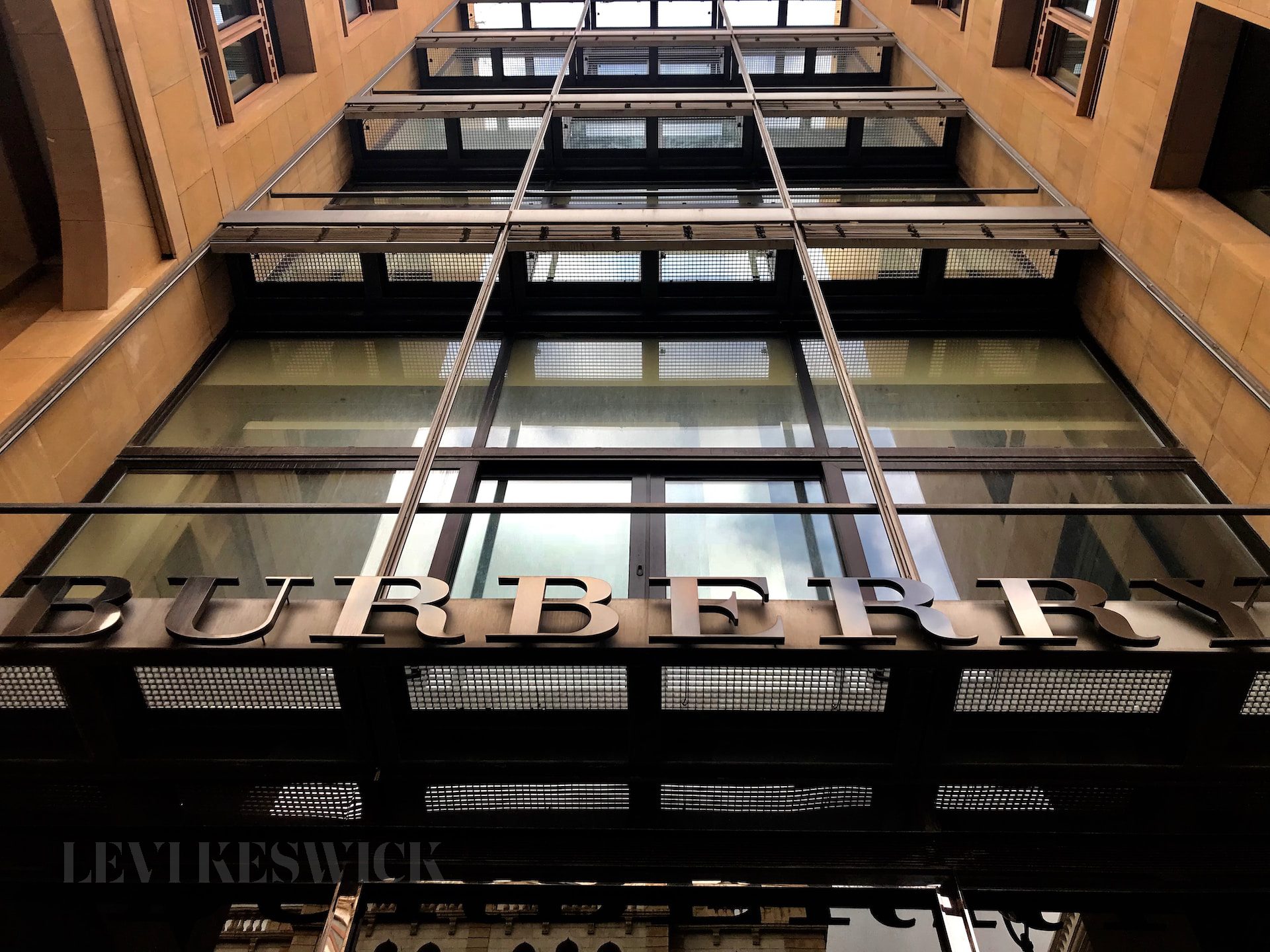Key Takeaways:
- Luxury brands, including Givenchy and Burberry, are increasingly adopting technology and innovation to enhance customer experiences.
- Eco-friendly initiatives are becoming a fundamental part of luxury brand strategies.
- Luxury brands are developing unique strategies to engage with the millennial market.
- The successful brands in the luxury space are those that balance exclusivity with approachability.
Bold Evolution: The Luxury Landscape Reimagined
The luxury market is at an inflection point. The demands and expectations of consumers are evolving rapidly, with the lines between exclusivity and approachability increasingly blurred. Luxury brands, including stalwarts such as Givenchy and Burberry, are responding to this shift with unique strategies that marry tradition with innovation.
Integrating Technology: From Runway to Retail
Luxury brands are embracing technology to enhance their consumer experience. Givenchy, for instance, recently launched a microsite that allowed fans to register for its Spring/Summer 2023 runway show. This initiative not only deepened the connection between the brand and its clientele but also underscored Givenchy’s innovative approach to consumer engagement.
On the retail front, brands like Burberry are leveraging technology to reimagine the shopping experience. Burberry was the first luxury brand to launch a dedicated channel on Apple Music, a platform that aligns with its target audience’s lifestyle and media consumption habits. By offering exclusive content featuring up-and-coming and established British musicians, Burberry is keeping its clientele engaged while ensuring they stay connected to the brand.
Green Luxury: Sustainability as a Statement
Another important trend in the luxury space is the increasing emphasis on sustainability. Eco-consciousness is becoming a significant factor in consumer purchasing decisions, and luxury brands are responding accordingly. The sustainable luxury strategy encompasses both the brand’s operational practices and the materials used in the products.
These initiatives showcase how luxury brands can address societal issues without compromising on their commitment to quality and craftsmanship. The message is clear: luxury and sustainability can coexist, and in fact, when combined, they form a compelling proposition that resonates with today’s consumers.
Millennial Engagement: Winning Over the Next Generation
With millennials set to become the dominant consumer demographic in the coming years, luxury brands are developing targeted strategies to engage this generation. This involves understanding their preferences and tailoring brand communications to resonate with them.
Givenchy and Burberry have excelled in this area by integrating digital platforms into their marketing strategy. From launching dedicated music channels to leveraging social media for immersive experiences, these brands are demonstrating a deep understanding of the millennial mindset.
A Luxurious Future: Balance of Exclusivity and Approachability
In the luxury space, the challenge lies in balancing exclusivity, which is a defining characteristic of luxury, with approachability, which is increasingly expected by consumers. Givenchy and Burberry have demonstrated that this balance is achievable through thoughtful, innovative strategies that cater to the evolving expectations of luxury consumers.
In this age of transformation, the brands that will rise to the top are those that not only acknowledge the changing luxury landscape but actively participate in its reshaping. As Givenchy and Burberry continue to push the boundaries, they serve as a model for other luxury brands looking to thrive in the evolving market.
Ultimately, the future of luxury lies in a symbiotic relationship between tradition and innovation, exclusivity and approachability, and sustainability and opulence. This balance is the key to connecting with today’s discerning luxury consumers and building enduring relationships with them.








